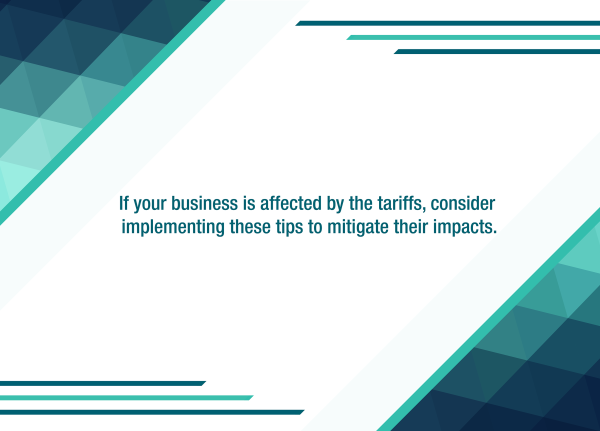Whether your company acquires businesses that own real estate or you invest in real estate directly, fraud poses an ever-present threat. Buying and selling real estate is complicated, and it’s relatively easy for crooks to manipulate the process. To help mitigate real estate fraud threats, thorough due diligence is essential. Staying current on common schemes and red flags also may enable you to identify risky transactions before you put down any money.
5 schemes
First, be aware of these five common real estate fraud schemes:
- Fake documents. Every real estate transaction requires extensive documentation. To make an acquisition more enticing, sellers could fake rent rolls, financial statements or other documents that indicate an asset’s profitability. Additionally, sellers might doctor environmental impact reports to, for example, hide the existence of toxic chemicals.
- “Optimistic” appraisals. Although most lenders will require an independent appraisal, some sellers may secure inflated real estate appraisals to justify a higher price. Or they may alter the date and valuation associated with an older appraisal to convince buyers to forgo a new one.
- Flipping to inflate value. Sellers could inflate a property’s value by paying straw buyers to take ownership of it at inflated prices. At an agreed-upon date, the seller buys back the property, generating another sales transaction associated with the building.
- Short-selling and buybacks. Shady sellers might use straw buyers to take out a loan to purchase a property and then default on it. The original sellers then offer to repurchase the property from the lender — usually at a rock-bottom price. Then the sellers make cosmetic improvements to the property and sell to unsuspecting buyers.
- Falsified financial statements. Some business owners may inflate the value of real estate holdings in financial statements to make the overall company more attractive to potential acquirers. This can include overvaluing properties, omitting liabilities and inventing nonexistent entities and transactions
Red flags
To succeed, real estate fraudsters need to manipulate or conceal an asset’s actual value. So look out for these red flags when buying real estate:
- Missing, altered or unsigned documents,
- A seller who’s overly anxious about finalizing the deal and even suggests taking due diligence shortcuts,
- Real estate assets that have changed hands frequently for no apparent business reason,
- Difficult-to-locate ownership records or records that show complex ownership structures,
- Property descriptions that are inconsistent with inspection reports and public records,
- Renovations that seem superficial or shoddy, and
- Undisclosed or inaccurately disclosed liens, encumbrances and judgments.
Also be wary if a seller requests additional payments outside the closing process —
including payments to unknown third parties.
Inherently complicated
Even valid real estate transactions can raise red flags that, upon closer inspection, aren’t, in fact, signs of fraud. Robust due diligence, a healthy degree of skepticism, and guidance from a real estate attorney and experienced financial advisors can help your business buy property with confidence.



